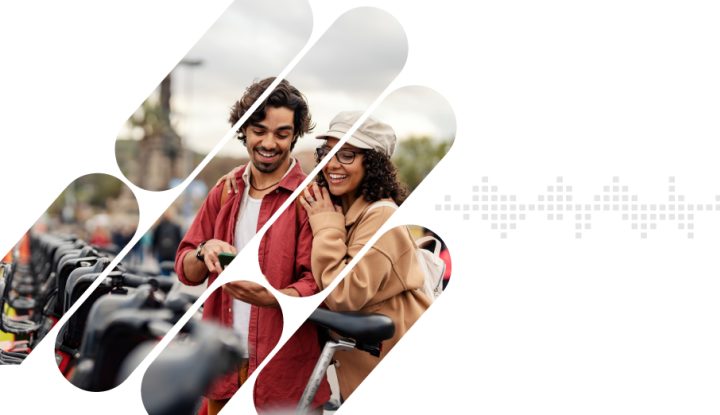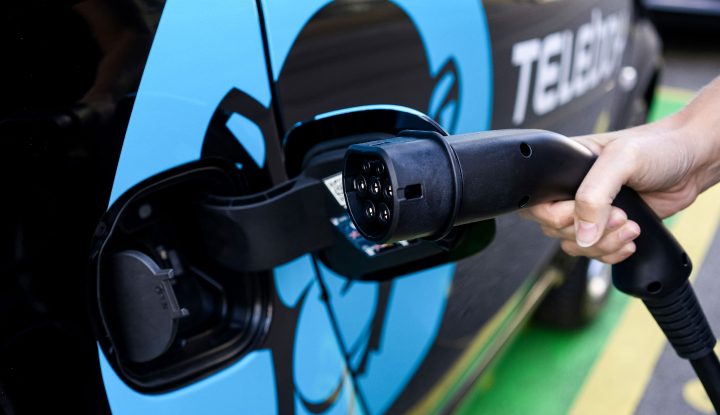Overview
As environmental issues like climate change take centre stage and impact all areas of our lives, responsible companies are taking the initiative to reduce their carbon footprint. In a survey conducted by the Institute of Travel Management (ITM) in May 2020, 96% of its travel buyer members said that the sustainability issue remained a top priority for them. Also, sustainable development is amongst one of the top 10 goals of United Nations Development Programme (UNDP).
SABRE API, Carbon_CalculatorRQ provides functionality of calculating approximate carbon burn in case of air travel, hotel, or car hire. The model computes carbon burn based on input parameters (such as origin and destination or aircraft type).
Challenge
In cases when the aircraft type is unknown, we get default carbon emission value which is based on few other parameters being sent in the request. We came up with a logic to identify such values and handle them smartly at our end.
What Sabre did
Our team not only successfully integrated the Carbon_CalculatorRQ with GetThere in the Air Flow but also found a way to identify the defaults. For better user experience, we also introduced carbon emissions-based ‘sort’ functionality.
This integration would enable customers to choose a flight with lower carbon emissions, and even enable airline partners to achieve their goals of becoming carbon neutral. This would also allow us to be at par with our competitors as some of the major airlines and booking tools already provide this feature.
Some of the key approaches to the solution included:
- A single request sent to the API to get the carbon emissions for all the flights in the shopping response
- Implementing logic to reduce the size of the request by sending only unique segments and no duplicates
- Identifying defaults and smartly handling them by displaying a warning message mentioning emissions unknown for that flight option
- Providing a sort based on carbon emissions that handles scenarios wherein some flights have carbon emission values, and some have partial or no values
- Implementing a generic solution that can be reused later while extending it for other Lines of Business, like hotel and car.
We are elated at the difference our efforts have made as our product owners shared their positive feedback. They expressed that this has been a much-awaited feature bridging a competitive gap in the market, which is a considerable win for us.
Results
- Enabling customers to make more informed decisions
- Enabling airline partners achieve their goals of becoming carbon neutral
- Bridging competitive gap
- Ease of extending the functionality to new Lines of Business
- Working towards an issue which not only remained a top priority amongst the travel buyers but is also one of the top 10 goals of United Nations Development Programme (UNDP)







